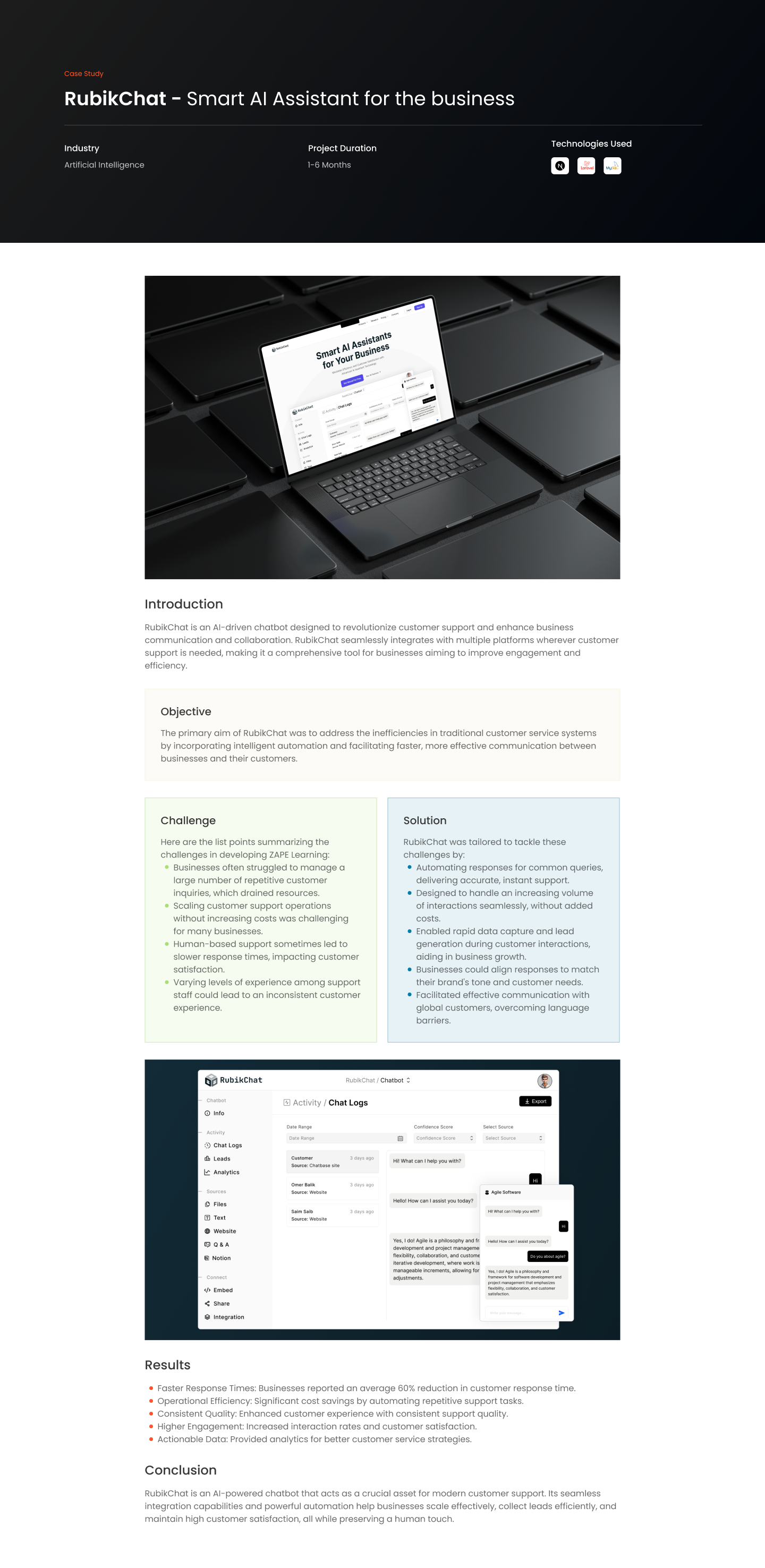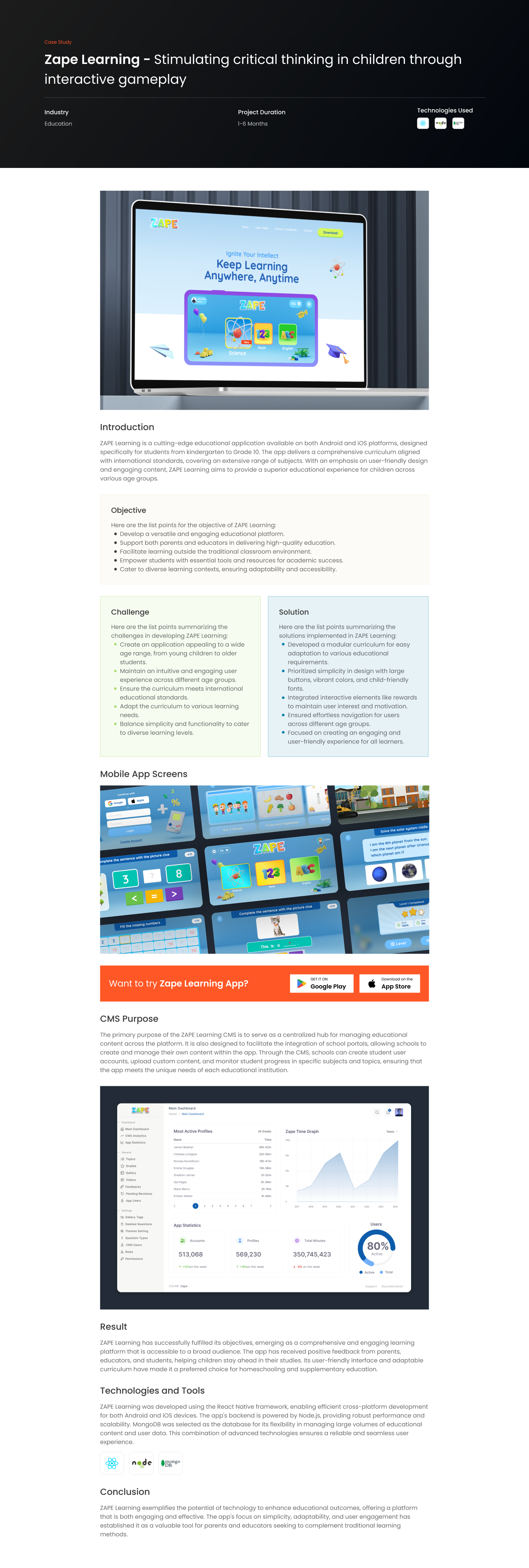React is a powerful JavaScript library for building user interfaces, and it can be a great choice for writing a blog application.
1. Component-based architecture: React follows a component-based architecture, allowing you to break down your blog into reusable and modular components. You can create components for the header, navigation, blog post list, individual blog posts, comments section, and more. This modular approach makes it easier to manage and maintain your blog codebase.
2. Virtual DOM: React utilizes a virtual DOM (Document Object Model) that efficiently updates and renders the user interface. When you make changes to the blog content or state, React calculates the minimal changes required in the virtual DOM and updates only those specific elements in the real DOM. This optimization helps improve performance and responsiveness of your blog.
3. Reusability: React promotes reusability through its component-based approach. You can create generic components and reuse them across different sections of your blog. For example, you can have a “Button” component that is used for various actions like “Read More,” “Like,” or “Share.” Reusing components reduces duplication, saves development time, and improves consistency across your blog.
4. State management: React provides state management capabilities, allowing you to handle dynamic data and interactions within your blog. You can manage the state of components, such as storing blog post data, handling user authentication, or managing user interaction states. React’s state management makes it easier to handle user input, update the UI accordingly, and maintain a consistent blog experience.
5. Community and ecosystem: React has a large and active community of developers, which means there are plenty of resources, libraries, and tools available to enhance your blog development process. You can leverage popular React libraries like React Router for managing routing, Redux or MobX for advanced state management, and styled-components for styling your blog with CSS-in-JS.
6. Server-side rendering: React can be used with server-side rendering (SSR) frameworks like Next.js or Gatsby, which provide benefits like improved initial page load times, SEO optimization, and better user experience. With SSR, you can render your blog on the server and send a fully-rendered HTML page to the client, ensuring faster initial rendering and search engine visibility.

Overall, React’s power lies in its component-based architecture, virtual DOM efficiency, reusability, state management capabilities, vast ecosystem, and support for server-side rendering. These features make React a robust choice for building a powerful and dynamic blog application.











Hi, this is a comment.
To get started with moderating, editing, and deleting comments, please visit the Comments screen in the dashboard.
Commenter avatars come from Gravatar.